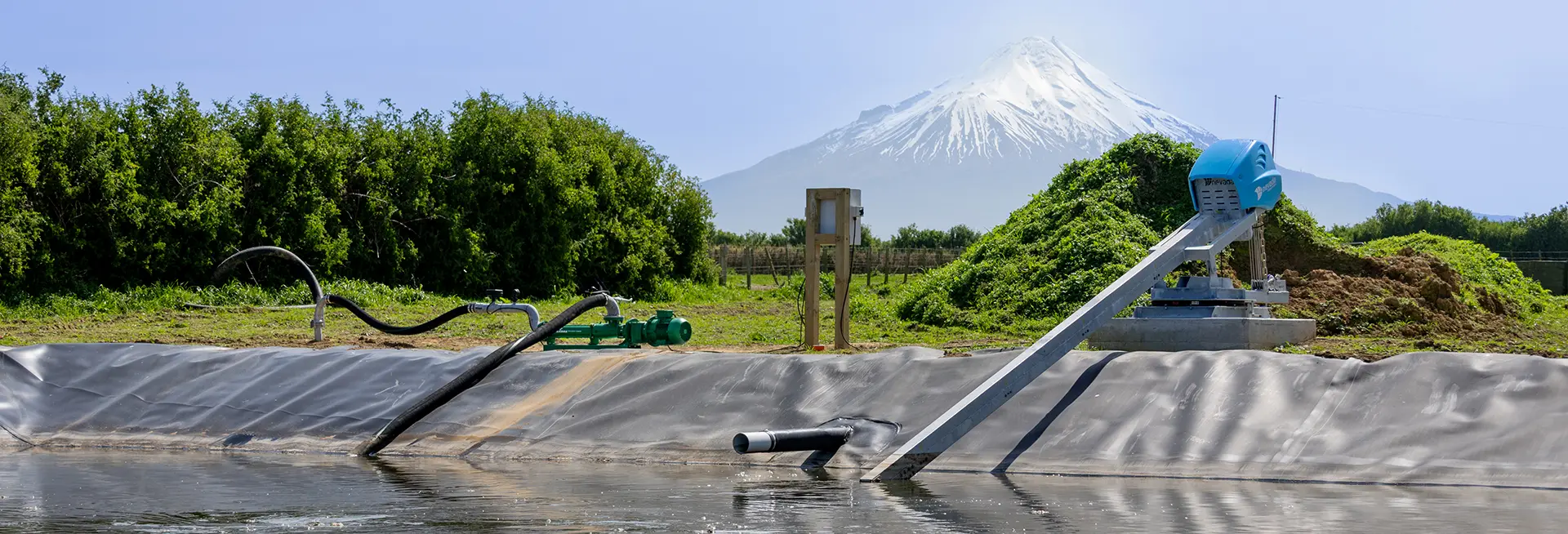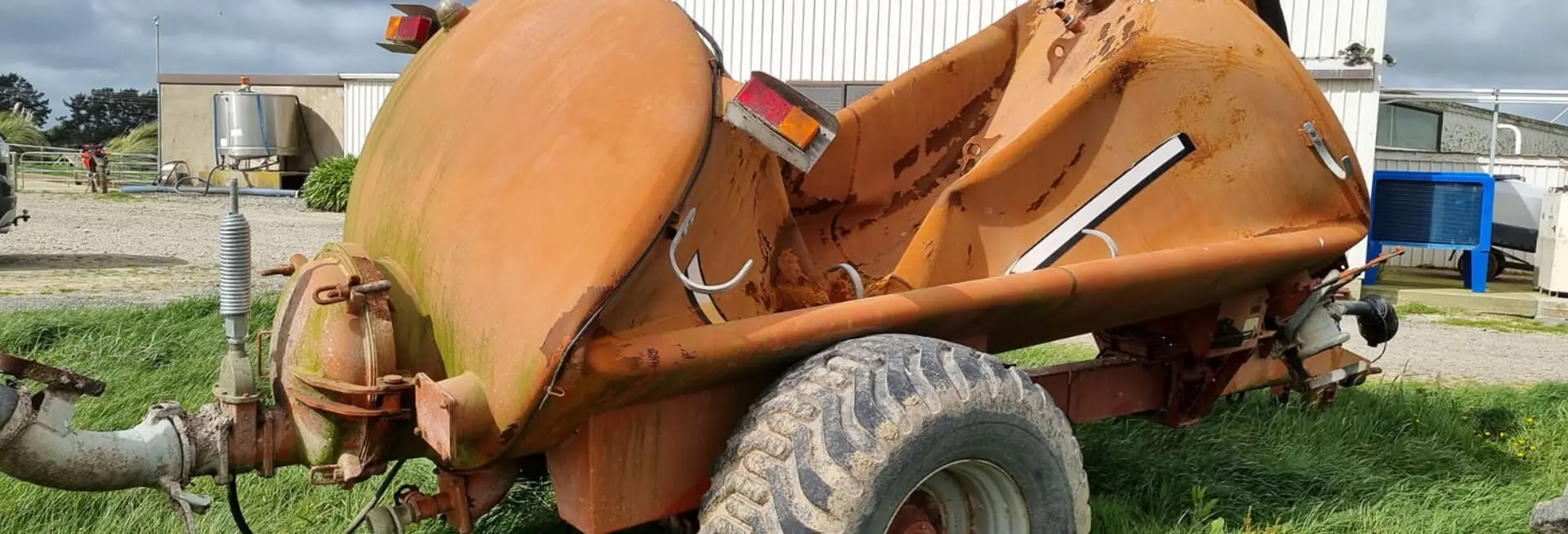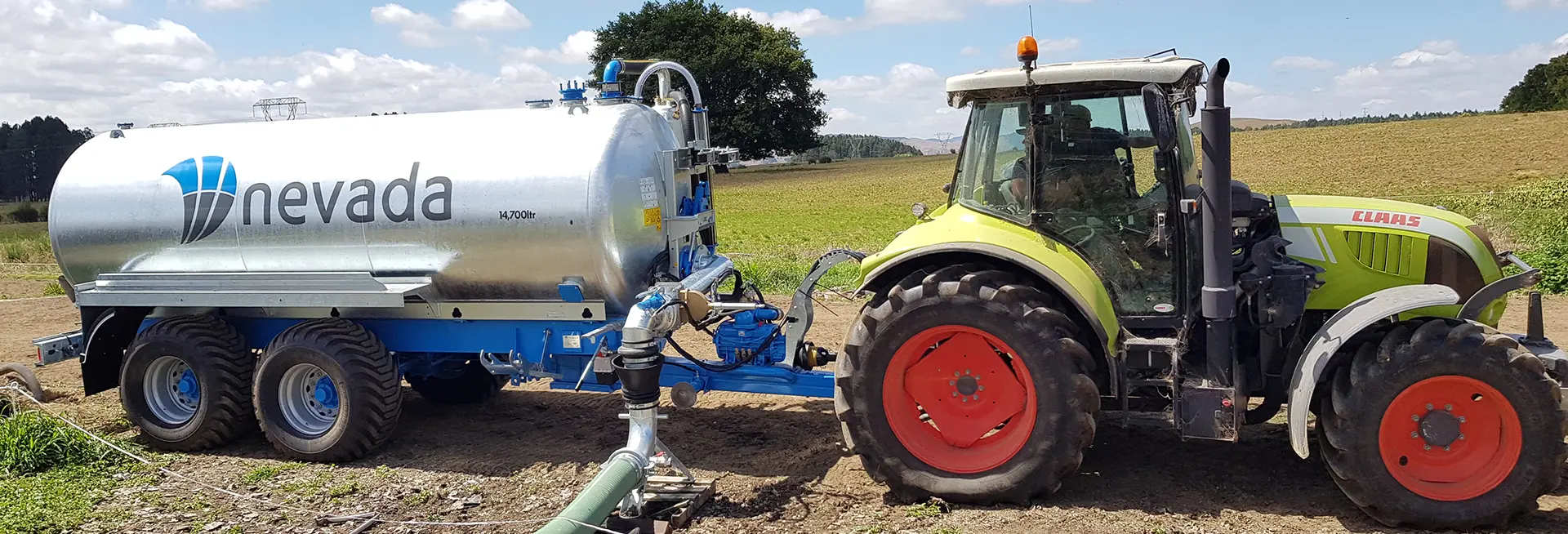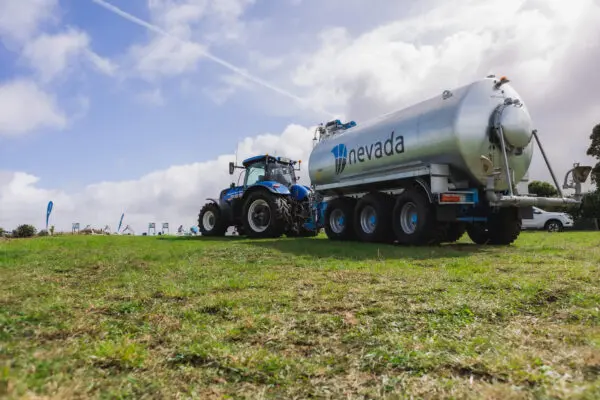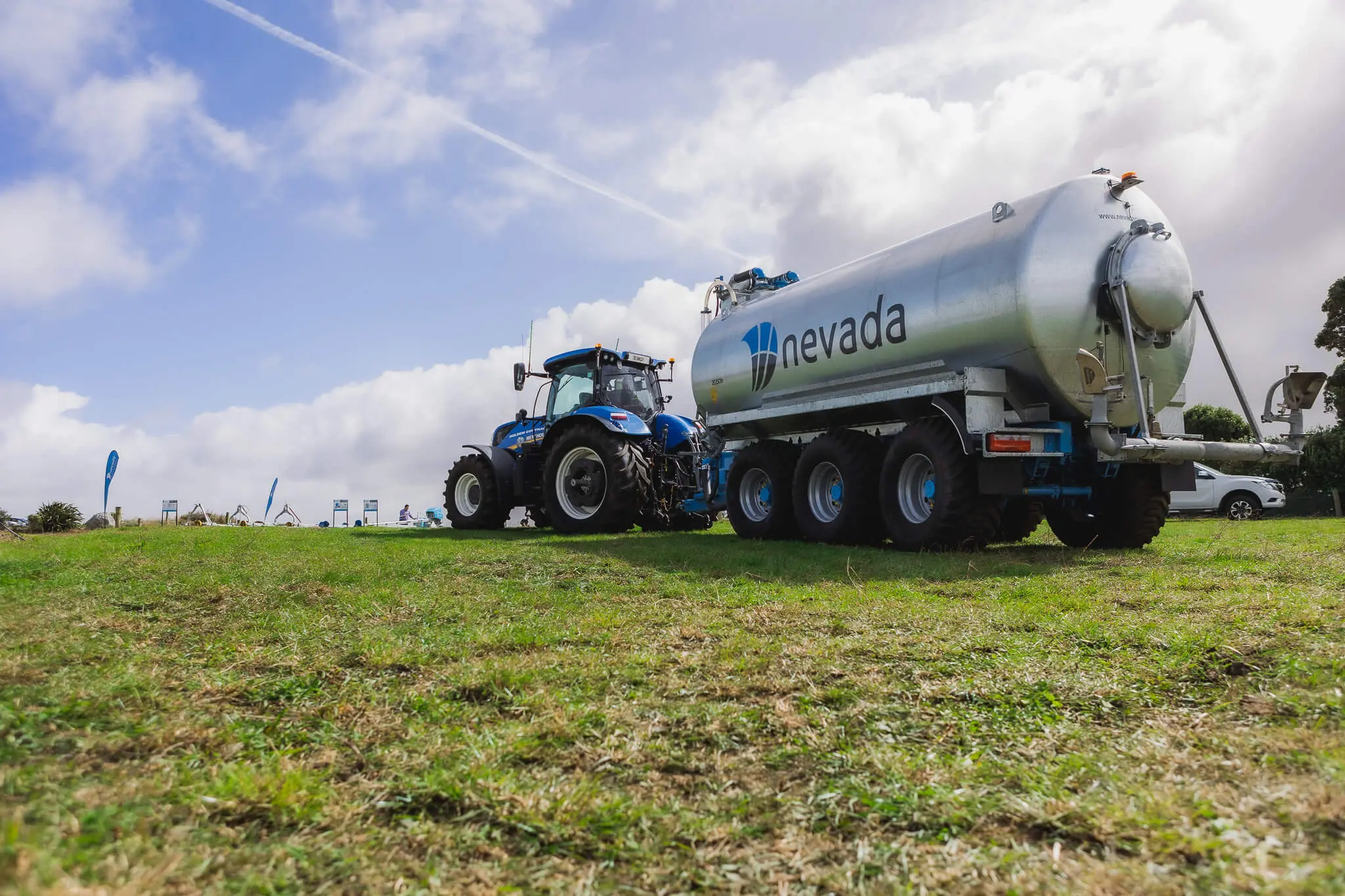When choosing between single, tandem, or triple axle slurry tankers, it all comes down to size, stability, and terrain. Whether you want easy manoeuvrability or maximum load capacity, selecting the right axle setup makes a significant difference to both performance and safety. For many farmers, deciding between a single unit or a slurry tank 2 axles system is the starting point in understanding how axle configuration affects efficiency and control on the farm.
Slurry tankers are essential to efficient effluent management. In this guide, we explore the differences between single, tandem, and triple axle configurations, providing practical insights into whether a single, tandem or triple option is best suited for your farm.
Single Axle Slurry Tankers
Single axle slurry tankers are ideal for smaller farms or operations working on softer soils. They are easy to turn with minimal scuffing and typically weigh less, making them suitable for lighter loads. For safety, single axles are recommended for slurry tankers with a maximum total loaded weight of around 10 tonnes. Heavier weights place additional pressure on the axle and tyres, creating unnecessary stress on the system.
With only one axle and two wheels, the suspension capacity is limited, resulting in less cushioning over uneven terrain. For this reason, single-axle models are better suited to lighter-duty use. Many single-axle slurry tankers feature an integrated drawbar design, where the tank forms part of the structural frame. However, because the tank is a pressure vessel, this design can increase stress during operation and should be carefully assessed before purchase.
Farmers should also be cautious about single-axle tankers fitted with large single wheels. In some older models, manufacturers notched the tank to accommodate oversized tyres. While this improved shock absorption, it disrupted the cylindrical shape that maintains tank strength and pressure integrity. Recessed designs can trap slurry, leading to accelerated corrosion. For optimal durability, a fully cylindrical shape is always the best option.
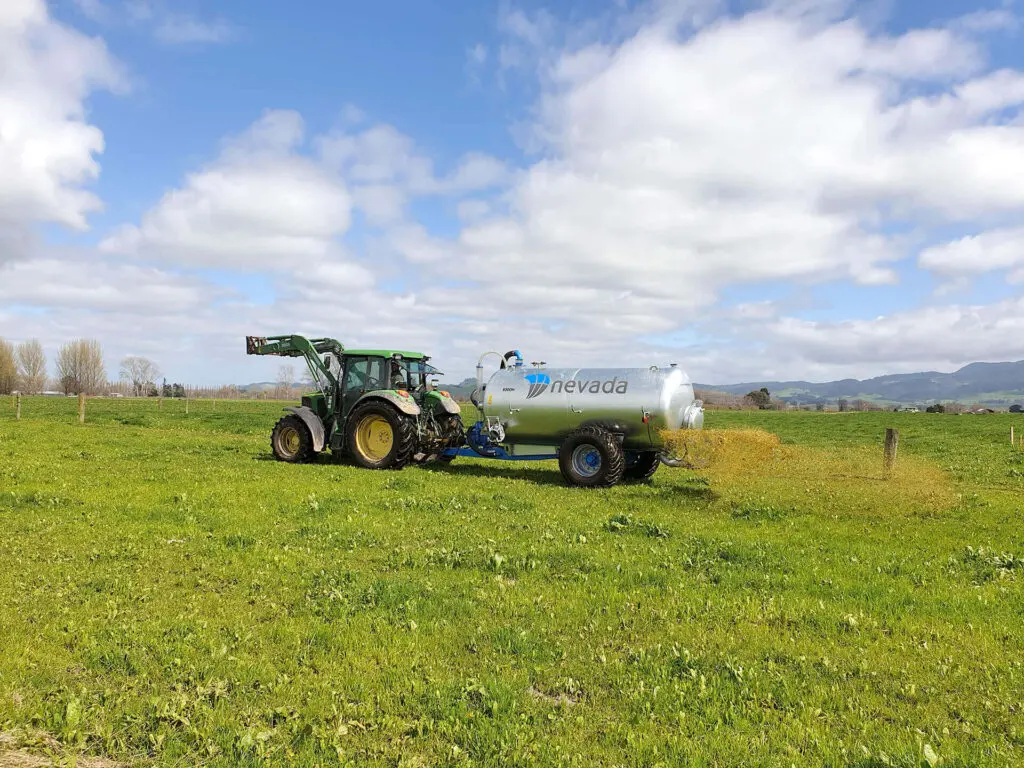
Tandem Axle Slurry Tankers
Tandem axle slurry tankers are popular among medium and large-scale farms. These models, often referred to as slurry tank 2 axles, typically range in capacity from 10,000 to 16,000 litres. Two axles help distribute the load evenly across a greater surface area, improving stability and control. This setup is especially beneficial for rolling terrain, where a balanced load reduces the risk of tipping or uneven wear.
A tandem axle slurry tanker is typically constructed with a full chassis and a separate drawbar for enhanced shock absorption. This design minimises the stress transferred through the tank, making it safer to operate on uneven ground. For best performance and safety, braking should be fitted on both axles. Having brakes on all wheels improves control, particularly on slopes or under heavy load.
To make manoeuvring easier, consider a steering rear axle. This feature enhances turning capability and reduces ground scuffing, helping the tanker navigate tight areas more easily
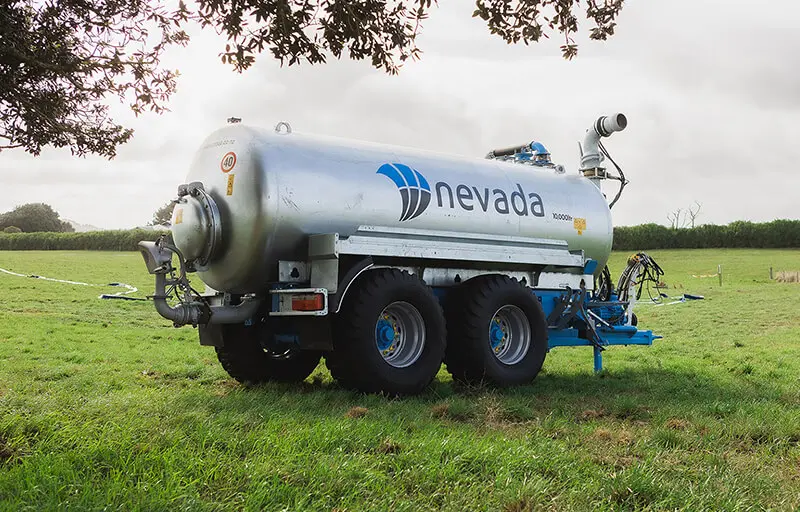
Comparing Single vs Tandem Slurry Tankers
When comparing single vs tandem slurry tankers, the main considerations are efficiency, capacity, and stability. Single axle tankers are the go-to for smaller farms where light loads and easy manoeuvrability are important. They are cost-effective, require less horsepower, and are perfect for smaller spreading tasks.
In contrast, tandem slurry tankers suit farms with higher effluent volumes or where a greater distance needs to be covered. With two axles, the load is better balanced, reducing ground compaction and improving traction across varied terrain. They can carry heavier loads without compromising safety or control, saving time by reducing the number of trips needed to empty your pond or manage effluent from the dairy shed.
While single models are simpler and more affordable, slurry tank 2 axles designs offer a better long-term return for farms that require increased efficiency and output.
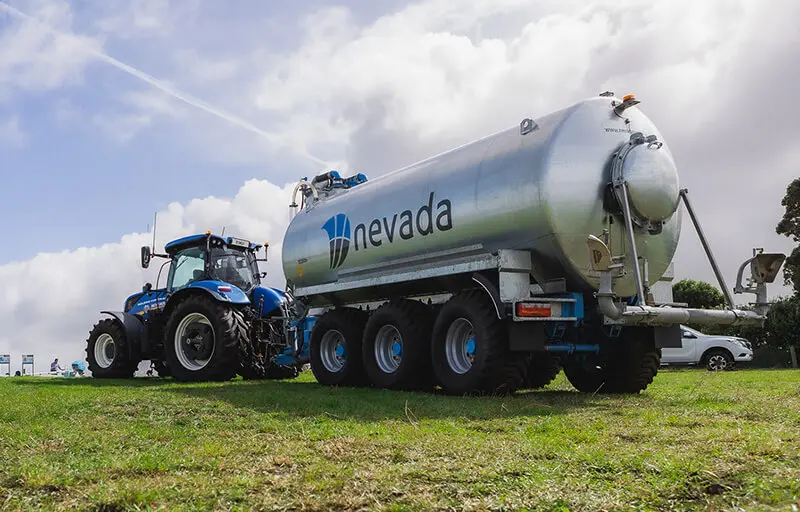
Tandem vs Triple Axle Slurry Tankers
The decision between a tandem and triple axle usually comes down to the size of the load and the operating conditions. A triple axle (or tridem) slurry tanker offers the advantage of carrying larger loads more efficiently. With six wheels on the ground, there is greater weight distribution, which minimises compaction and wear. A triple-axle tanker is generally recommended for loads weighing more than 20 tonnes.
Despite their size, tridem models often handle better than expected thanks to steering axles and improved suspension systems. The middle axle acts as a pivot point, while the front and rear axles steer, resulting in surprisingly smooth and agile movement. This makes them a strong choice for contractors and large-scale farmers who manage significant effluent volumes.Safety remains a key factor when choosing a larger tanker. A triple axle model should have large-capacity brakes on all axles, and the tractor used must have sufficient horsepower to handle the load. Some farmers also benefit from accelerated loading systems, which save time during operation.
Making the Right Axle Choice
Choosing between single, tandem, and triple axle slurry tankers depends on your land, herd size, and infrastructure. Smaller farms achieve efficiency with single-axle configurations, while two-axle slurry tank configurations offer a balance of capacity and control. For high-volume spreading or contracting work, triple axle tankers deliver greater productivity with fewer trips.
Assess your terrain, storage requirements, and tractor capability carefully before committing. The right configuration ensures efficiency, safety, and long-term cost savings.
Get in Touch
If you are unsure which axle configuration is best for your farm, the team at Nevada can help. With extensive experience in slurry management systems, we can recommend the ideal tanker to match your terrain, tractor power, and workload. Contact us today to learn more about our single, tandem, and triple axle slurry tankers.
